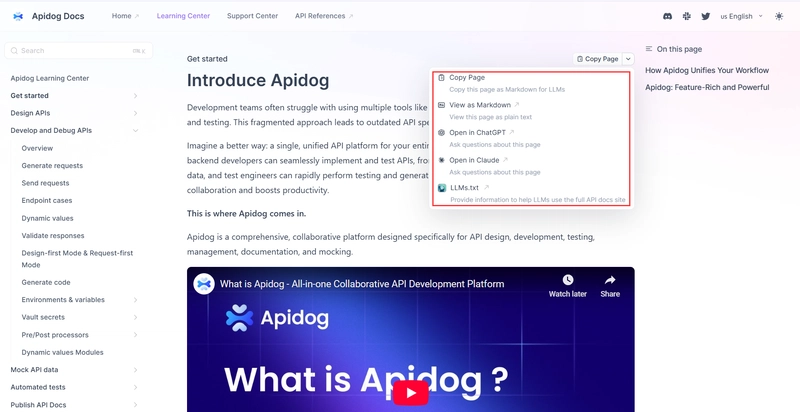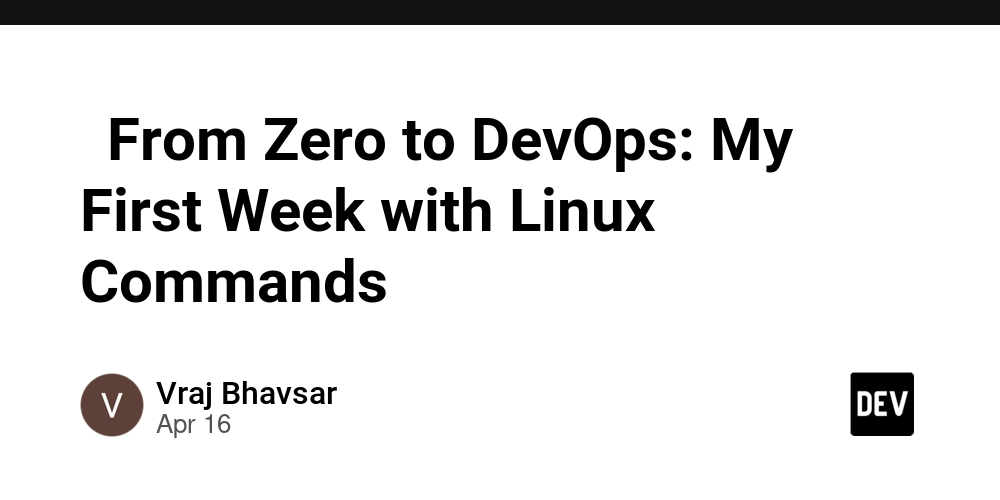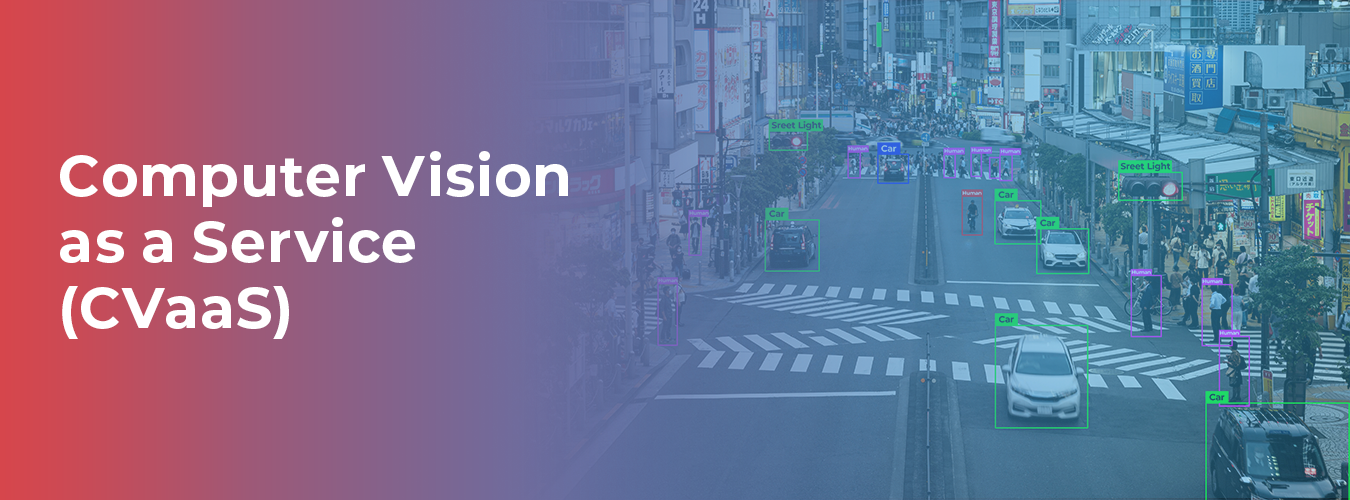What is SaS?
SAS provides a graphical point-and-click user interface for non-technical users and more through the SAS language.[3] SAS programs have DATA steps, which retrieve and manipulate data, PROC (procedures) which analyze the data, and may also have functions.[4] Each step consists of a series of statements.[5] The DATA step has executable statements that result in the software taking an action, and declarative statements that provide instructions to read a data set or alter the data's appearance.[4] The DATA step has two phases: compilation and execution. In the compilation phase, declarative statements are processed and syntax errors are identified. Afterwards, the execution phase processes each executable statement sequentially.[6] Data sets are organized into tables with rows called "observations" and columns called "variables". Additionally, each piece of data has a descriptor and a value.[4][7] PROC statements call upon named procedures. Procedures perform analysis and reporting on data sets to produce statistics, analyses, and graphics. There are more than 300 named procedures and each one performs a substantial body of statistical work.[4] PROC statements can also display results, sort data or perform other operations.[5] SAS macros are pieces of code or variables that are coded once and referenced to perform repetitive tasks.[8] SAS data can be published in HTML, PDF, Excel, RTF and other formats using the Output Delivery System, which was first introduced in 2007.[9] SAS Enterprise Guide is SAS's point-and-click interface. It generates code to manipulate data or perform analysis without the use of the SAS programming language.[10] The SAS software suite has more than 200 add-on packages, sometimes called components[11][12][13] Some of these SAS components, i.e. add on packages to Base SAS include:[3] [14] SAS/STAT – Statistical analysis SAS/GRAPH – Graphics and presentation SAS/OR – Operations research SAS/ETS – Econometrics and Time Series Analysis SAS/IML – Interactive matrix language SAS/AF – Applications facility SAS/QC – Quality control SAS/INSIGHT – Data mining SAS/PH – Clinical trial analysis SAS Enterprise Miner – data mining SAS Enterprise Guide – GUI-based code editor & project manager SAS Enterprise BI – Suite of business intelligence applications SAS Grid Manager – Manager of SAS grid computing environment SAS Customer Intelligence 360 – Customer intelligence

SAS provides a graphical point-and-click user interface for non-technical users and more through the SAS language.[3]
SAS programs have DATA steps, which retrieve and manipulate data, PROC (procedures) which analyze the data, and may also have functions.[4] Each step consists of a series of statements.[5]
The DATA step has executable statements that result in the software taking an action, and declarative statements that provide instructions to read a data set or alter the data's appearance.[4] The DATA step has two phases: compilation and execution. In the compilation phase, declarative statements are processed and syntax errors are identified. Afterwards, the execution phase processes each executable statement sequentially.[6] Data sets are organized into tables with rows called "observations" and columns called "variables". Additionally, each piece of data has a descriptor and a value.[4][7]
PROC statements call upon named procedures. Procedures perform analysis and reporting on data sets to produce statistics, analyses, and graphics. There are more than 300 named procedures and each one performs a substantial body of statistical work.[4] PROC statements can also display results, sort data or perform other operations.[5]
SAS macros are pieces of code or variables that are coded once and referenced to perform repetitive tasks.[8]
SAS data can be published in HTML, PDF, Excel, RTF and other formats using the Output Delivery System, which was first introduced in 2007.[9] SAS Enterprise Guide is SAS's point-and-click interface. It generates code to manipulate data or perform analysis without the use of the SAS programming language.[10]
The SAS software suite has more than 200 add-on packages, sometimes called components[11][12][13] Some of these SAS components, i.e. add on packages to Base SAS include:[3] [14]
SAS/STAT – Statistical analysis
SAS/GRAPH – Graphics and presentation
SAS/OR – Operations research
SAS/ETS – Econometrics and Time Series Analysis
SAS/IML – Interactive matrix language
SAS/AF – Applications facility
SAS/QC – Quality control
SAS/INSIGHT – Data mining
SAS/PH – Clinical trial analysis
SAS Enterprise Miner – data mining
SAS Enterprise Guide – GUI-based code editor & project manager
SAS Enterprise BI – Suite of business intelligence applications
SAS Grid Manager – Manager of SAS grid computing environment
SAS Customer Intelligence 360 – Customer intelligence




































































